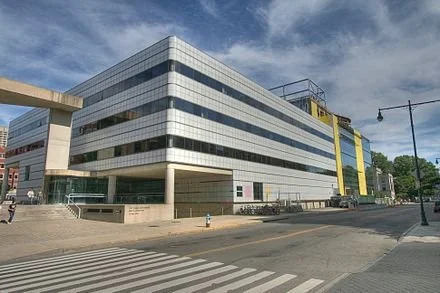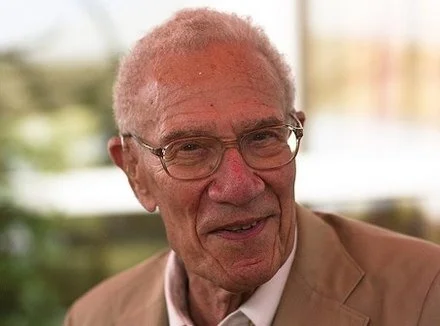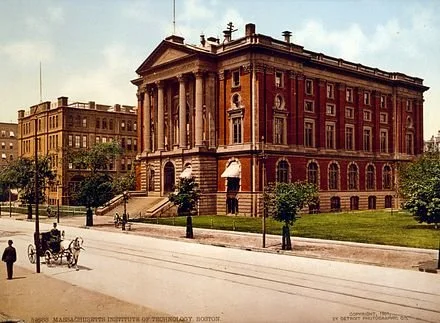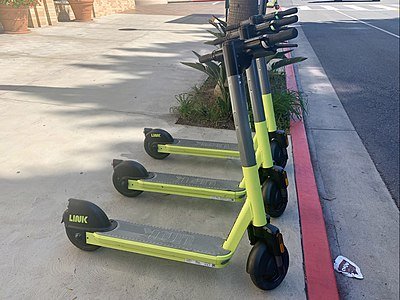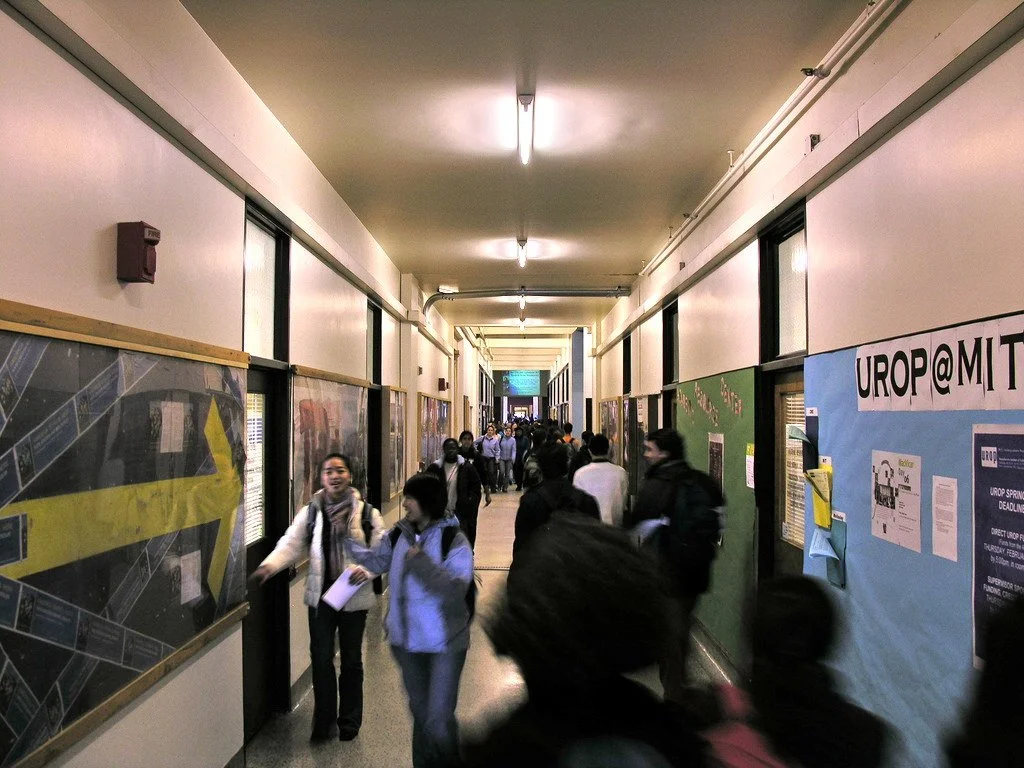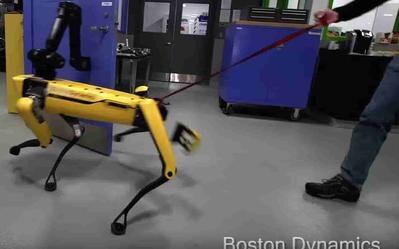From The New England Journal of Higher Education, a service of The New England Board of Higher Education (nebhe.org), based in Boston
Review
The Age of AI and our Human Future, by Henry A. Kissinger, Eric Schmidt and Daniel Huttenlocher, with Schuyler Schouten, New York, Little, Brown and Co., 2021.
Artificial intelligence (AI) is engaged in overtaking and surpassing our long-traditional world of natural and human intelligence. In higher education, AI apps and their uses are multiplying—in financial and fiscal management, fundraising, faculty development, course and facilities scheduling, student recruitment campaigns, student success management and many other operations.
The AI market is estimated to have an average annual growth rate of 34% over the next few years—to reach $170 billion by 2025, more than doubling to $360 billion by 2028, reports Inside Higher Education.
Congress is only beginning to take notice, but we are told that 2022 will be a “year of regulation” for high tech in general. U.S. Sen. Kristen Gillibrand (D-N.Y.) is introducing a bill to establish a national defense “Cyber Academy” on the model of our other military academies, to make up for lost time by recruiting and training a globally competitive national high-tech defense and public service corps. Many private and public entities are issuing reports declaring “principles” that they say should be instituted as human-controlled guardrails on AI’s inexorable development.
But at this point, we see an extremely powerful and rapidly advancing new technology that is outrunning human control, with no clear resolution in sight. To inform the public of this crisis, and ring alarm bells on the urgent need for our concerted response, this book has been co-produced by three prominent leaders—historian and former U.S. Secretary of State Henry Kissinger; former CEO and Google Chairman Eric Schmidt; and MacArthur Foundation Chairman Daniel Huttenlocher, who is the inaugural dean of MIT’s new College of Computer Science, responsible for thoroughly transforming MIT with AI.
I approach the book as a historian, not a technologist. I have contended for several years that we are living in a rare “Age of Paradigm Shifts,” in which all fields are simultaneously being transformed, in this case, by the IT revolution of computers and the internet. Since 2019, I have suggested that there have been only three comparably transformative periods in the roughly 5,000 years of Western history; the first was the rise of Classical civilization in ancient Greece, the second was the emergence of medieval Christianity after the fall of Rome, and the third was the secularizing early-modern period from the Renaissance to the Enlightenment, driven by Gutenberg’s IT revolution of printing on paper with movable type, which laid the foundations of modern Western culture. The point of these comparisons is to illuminate the depth, spread and power of such epochs, to help us navigate them successfully.
The Age of AI proposes a more specific hypothesis, independently confirming that ours is indeed an age of paradigm shifts in every field, driven by the IT revolution, and further declaring that this next period will be driven and defined by the new technology of “artificial intelligence” or “machine learning”—rapidly superseding “modernity” and currently outrunning human control, with unforeseeable results.
The argument
For those not yet familiar with it, an elegant example of AI at work is described in the book’s first chapter, summarizing “Where We Are.” AlphaZero is an AI chess player. Computers (Deep Blue, Stockfish) had already defeated human grandmasters, programmed by inputting centuries of championship games, which the machines then rapidly scan for previously successful plays. AlphaZero was given only the rules of chess—which pieces move which ways, with the object of capturing the opposing king. It then taught itself in four hours how to play the game and has since defeated all computer and human players. Its style and strategies of play are, needless to say, unconventional; it makes moves no human has ever tried—for example, more sacrificing of valuable pieces—and turns those into successes that humans could neither foresee nor resist. Grandmasters are now studying AlphaZero’s games to learn from them. Garry Kasparov, former world champion, says that after a thousand years of human play, “chess has been shaken to its roots by AlphaZero.”
A humbler example that may be closer to home is Google’s mapped travel instructions. This past month I had to drive from one turnpike to another in rural New York; three routes were proposed, and the one I chose twisted and turned through un-numbered, un-signed, often very brief passages, on country roads that no humans on their own could possibly identify as useful. AI had spontaneously found them by reading road maps. The revolution is already embedded in our cellphones, and the book says “AI promises to transform all realms of human experience. … The result will be a new epoch,” which it cannot yet define.
Their argument is systematic. From “Where We Are,” the next two chapters—”How We Got Here” and “From Turing to Today”—take us from the Greeks to the geeks, with a tipping point when the material realm in which humans have always lived and reasoned was augmented by electronic digitization—the creation of the new and separate realm we now call “cyberspace.” There, where physical distance and time are eliminated as constraints, communication and operation are instantaneous, opening radically new possibilities.
One of those with profound strategic significance is the inherent proclivity of AI, freed from material bonds, to grow its operating arenas into “global network platforms”—such as Google, Amazon, Facebook, Apple, Microsoft, et al. Because these transcend geographic, linguistic, temporal and related traditional boundaries, questions arise: Whose laws can regulate them? How might any regulations be imposed, maintained and enforced? We have no answers yet.
Perhaps the most acute illustration of the danger here is with the field of geopolitics—national and international security, “the minimum objective of … organized society.” A beautifully lucid chapter concisely summarizes the history of these fields, and how they were successfully managed to deal with the most recent development of unprecedented weapons of mass destruction through arms control treaties between antagonists. But in the new world of cyberspace, “the previously sharp lines drawn by geography and language will continue to dissolve.”
Furthermore, the creation of global network platforms requires massive computing power only achievable by the wealthiest and most advanced governments and corporations, but their proliferation and operation are possible for individuals with handheld devices using software stored in thumb drives. This makes it currently impossible to monitor, much less regulate, power relationships and strategies. Nation-states may become obsolete. National security is in chaos.
The book goes on to explore how AI will influence human nature and values. Westerners have traditionally believed that humans are uniquely endowed with superior intelligence, rationality and creative self-development in education and culture; AI challenges all that with its own alternative and in some ways demonstrably superior intelligence. Thus, “the role of human reason will change.”
That looks especially at us higher educators. AI is producing paradigm shifts not only in our various separate disciplines but in the practice of research and science itself, in which models are derived not from theories but from previous practical results. Scholars and scientists can be told the most likely outcomes of their research at the conception stage, before it has practically begun. “This portends a shift in human experience more significant than any that has occurred for nearly six centuries …,” that is, since Gutenberg and the Scientific Revolution.
Moreover, a crucial difference today is the rapidity of transition to an “age of AI.” Whereas it took three centuries to modernize Europe from the Renaissance to the Enlightenment, today’s radically transformative period began in the late 20th Century and has spread globally in just decades, owing to the vastly greater power of our IT revolution. Now whole subfields can be transformed in months—as in the cases of cryptocurrencies, blockchains, the cloud and NFTs (non-fungible tokens). With robotics and the “metaverse” of virtual reality now capable of affecting so many aspects of life beginning with childhood, the relation of humans to machines is being transformed.
The final chapter addresses AI and the future. “If humanity is to shape the future, it needs to agree on common principles that guide each choice.” There is a critical need for “explaining to non-technologists what AI is doing, as well as what it ‘knows’ and how.” That is why this book was written. The chapter closes with a proposal for a national commission to ensure our competitiveness in the future of the field, which is by no means guaranteed.
Evaluation
The Age of AI makes a persuasive case that AI is a transformative break from the past and sufficiently powerful to be carrying the world into a new “epoch” in history, comparable to that which produced modern Western secular culture. It advances the age-of-paradigm-shifts-analysis by specifying that the driver is not just the IT revolution in general, but its particular expression in machine learning, or artificial intelligence. I have called our current period the “Transformation” to contrast it with the comparable but retrospective “Renaissance” (rebirth of Classical civilization) and “Reformation” (reviving Christianity’s original purity and power). Now we are looking not to the past but to a dramatically new and indefinite future.
The book is also right to focus on our current lack of controls over this transformation as posing an urgent priority for concerted public attention. The authors are prudent to describe our current transformation by reference to its means, its driving technology, rather than to its ends or any results it will produce, since those are unforeseeable. My calling it a “Transformation” does the same, stopping short of specifying our next, post-modern, period of history.
That said, the book would have been strengthened by giving due credit to the numerous initiatives already attempting to define guiding principles as a necessary prerequisite to asserting human control. Though it says we “have yet to define its organizing principles, moral concepts, or aspirations and limitations,” it is nonetheless true that the extreme speed and global reach of today’s transformations have already awakened leading entrepreneurs, scholars and scientists to its dangers.
A 2020 Report from Harvard and MIT provides a comparison of 35 such projects. One of the most interesting is “The One-Hundred-Year Study on Artificial Intelligence (AI100),” an endowed international multidisciplinary and multisector project launched in 2014 to publish reports every five years on AI’s influences on people, their communities and societies; two lengthy and detailed reports have already been issued, in 2016 and 2021. Our own government’s Department of Defense in 2019 published a discussion of guidelines for national security, and the Office of Technology and Science Policy is gathering information to create an “AI Bill of Rights.”
But while various public and private entities pledge their adherence to these principles in their own operations, voluntary enforcement is a weakness, so the assertion of the book that AI is running out of control is probably justified.
Principles and values must qualify and inform the algorithms shaping what kind of world we want ourselves and our descendants to live in. There is no consensus yet on those, and it is not likely that there will be soon given the deep divisions in cultures of public and private AI development, so intense negotiation is urgently needed for implementation, which will be far more difficult than conception.
This is where the role of academics becomes clear. We need to beware that when all fields are in paradigm shifts simultaneously, adaptation and improvisation become top priorities. Formulating future directions must be fundamental and comprehensive, holistic with inclusive specialization, the opposite of the multiversity’s characteristically fragmented exclusive specialization to which we have been accustomed.
Traditional academic disciplines are now fast becoming obsolete as our major problems—climate control, bigotries, disparities of wealth, pandemics, political polarization—are not structured along academic disciplinary lines. Conditions must be created that will be conducive to integrated paradigms. Education (that is, self-development of who we shall be) and training (that is, knowledge and skills development for what we shall be) must be mutual and complementary, not separated as is now often the case. Only if the matrix of future AI is humanistic will we be secure.
In that same inclusive spirit, perhaps another book is needed to explore the relations between the positive and negative directions in all this. Our need to harness artificial intelligence for constructive purposes presents an unprecedented opportunity to make our own great leap forward. If each of our fields is inevitably going to be transformed, a priority for each of us is to climb aboard—to pitch in by helping to conceive what artificial intelligence might ideally accomplish. What might be its most likely results when our fields are “shaken to their roots” by machines that have with lightning speed taught themselves how to play our games, building not on our conventions but on innovations they have invented for themselves?
I’d very much like to know, for example, what will be learned in “synthetic biology” and from a new, comprehensive cosmology describing the world as a coherent whole, ordered by natural laws. We haven’t been able to make these discoveries yet on our own, but AI will certainly help. As these authors say, “Technology, strategy, and philosophy need to be brought into some alignment” requiring a partnership between humans and AI. That can only be achieved if academics rise above their usual restraints to play a crucial role.
George McCully is a historian, former professor and faculty dean at higher education institutions in the Northeast, professional philanthropist and founder and CEO of the Catalogue for Philanthropy.






